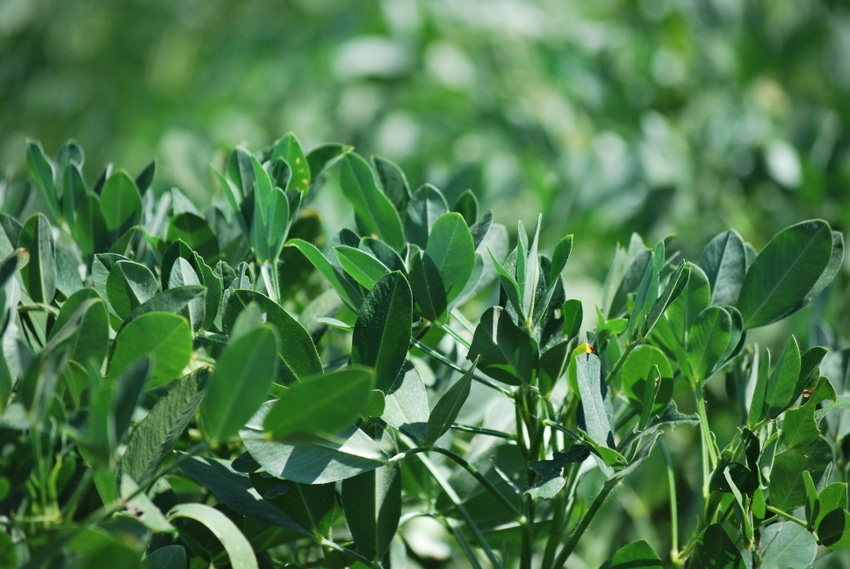
Environmental conditions in North Carolina were extremely favorable for leaf spot in peanuts in 2016 and 2017, and only time will tell if 2018 will be another favorable year for the disease. But peanut farmers need to be prepared.
“We may have some help with leaf spot this year because of cold weather. Time will tell,” says Dr. Barbara Shew, North Carolina State University Extension plant pathologist, at an Extension peanut production meeting in Rocky Mount.
For the last two peanut seasons, even when it wasn’t raining, there were humid nights and longer dew periods which were conducive to leaf spot. “Dew points were consistently high all through the season, and this extended far into the fall well into the middle of September,” Shew explained.
Typically, nighttime temperatures fall and humidity drops when fall arrives in North Carolina, and farmers don’t have to worry about leaf spot from that point on through digging and harvest. “But last year, even though it was a relatively dry fall with not a lot of rain, we saw a lot of favorable conditions for leaf spot. We were advising sprays as late as Sept. 26,” Shew said.
Weather, cultivar performance, fungicide performance and unique circumstances over the past two year may have increased leaf spot pressure in certain parts of the stat. Shew is urging farmers to once again be on the lookout for disease pressure this year.
Shew notes that efficacy trails suggest poor control of leaf spot with group 11 fungicides such as Abound and Headline. This could indicate that some leaf spot populations may have developed insensitivity to this mode of action.
“We tend to have higher leaf spot with group 11 treatments,” Shew said. “In general, control was most consistent with frequent applications of Bravo or Bravo mixes. However, full-season Bravo treatments tended to be lower yielding due to stem rot and sclerotinia.”
Shew said there is concern that peanut cultivars may be coming more susceptible to leaf spot. However, she noted that the No. 1 variety in North Carolina, Bailey, is a very resilient cultivar. Defoliation and yield loss were less than expected in Bailey despite the amount of disease.
“It is too soon to panic, but caution is justified," Shew said. “Know your leaf spot risk and plan accordingly. Don’t assume conditions are unfavorable for leaf spot. Stay on schedule and check advisories before skipping sprays. Follow restriction management guidelines. Scout and follow up right away with sprays if leaf spot is building,” she said.

Discussing successful peanut production at an Extension Service meeting in Rocky Mount were from left, Dr. Barbara Shew, N.C. State Extension plant pathologist; Will Connell, an independent crop consultant from Stokes, N.C.; and N.C State Extension Peanut Specialist Dr. David Jordan.
About the Author(s)
You May Also Like






